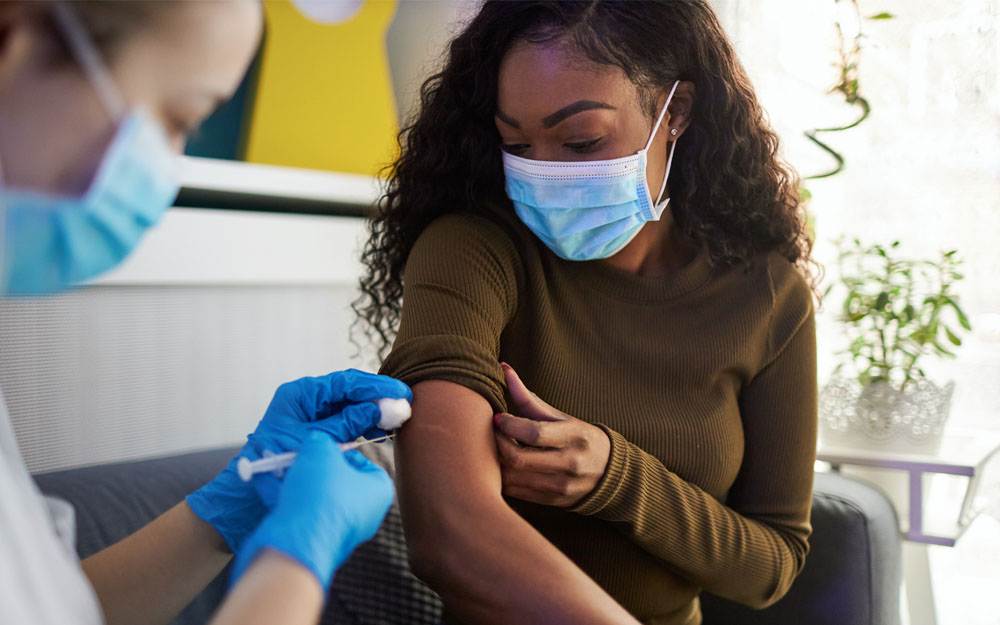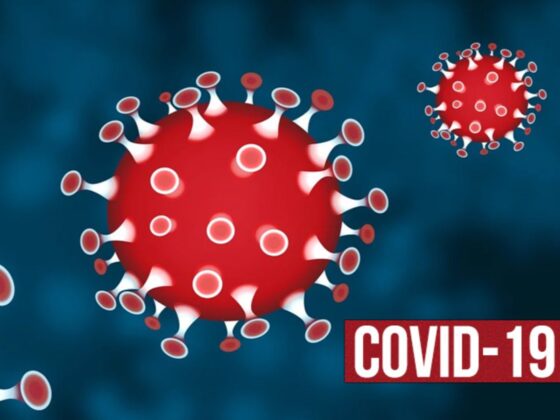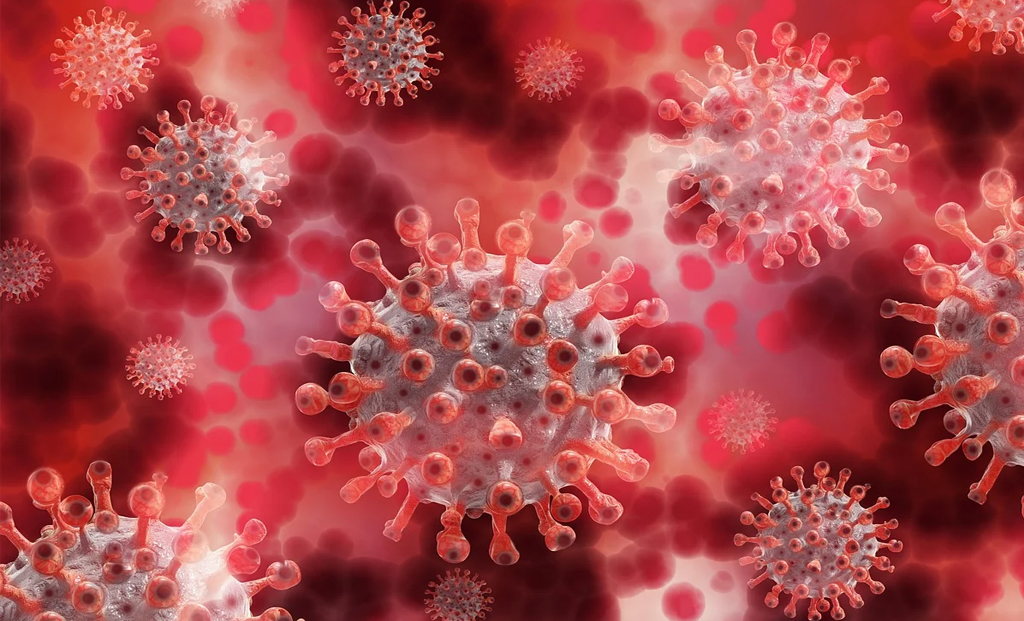In a study conducted by the researchers at CSIR–CCMB and BHU it has been found that some isolated populations of India like the Onge and Jarawa tribes of the Andaman islands have a higher genetic risk for coronavirus infection.
The study has been published in the journal Genes and Immunity, suggests that the government should consider high priority protection and extreme care of these remote groups, so that “we should not lose some of the living treasures of modern human evolution.”
The expansion of the SARS-CoV-2 virus has impacted various ethnic groups all over the world noted the research team co-led by Kumarasamy Thangaraj from Council of Scientific and Industrial Research–Centre for Cellular and Molecular Biology (CSIR–CCMB) Hyderabad and Professor Gyaneshwer Chaubey of Banaras Hindu University (BHU), Varanasi.
Lately, it has been reported that the indigenous groups of Brazil have been largely affected by the SARS-CoV-2 contagion, who had twice the death rate compared to other communities, they said. It was also shown that numerous of the indigenous communities have reached the verge of extermination due to this epidemic, according to the experimenters.
They noted that India also has several indigenous and lower communities including Andaman Islanders living in insulation. The experimenters, involving 11 scientists from 13 institutions across the world, conducted a genomic analysis of 227 Indian populations, chancing that populations carrying long homozygous parts in their genome have advanced vulnerability to COVID-19. Homozygous is a inheritable condition where an individual inherits the same gene variants or alleles for a particular gene from both parents.
“There might be some enterprises on the effect of COVID-19 among insulated populations, still for the first time we’ve used the genomic data to pierce the threat of it on them, said Chaubey, a professor of molecular anthropology at BHU.”This approach would be useful to quantify the threat of a population for COVID-19,”he told PTI. The exploration platoon delved the high- viscosity genomic data of over 1600 individualities from 227 populations and plant high frequence of the COVID-19 threat alleles among Andaman Lines Onge and Jarawa. Among the studied groups, Andaman Islanders had the loftiest number as well as longest runs of homozygosity (ROH) parts.
“Since smaller populations experiencing drift may have a greater risk of such pandemic, we have analysed ROH among South Asian populations and identified several populations with longer homozygous segments,” the authors of the study noted.
“The long runs of homozygosity at certain genomic regions may increase the susceptibility for COVID-19. Thus, we suggest extreme careful management of this pandemic among isolated populations of South Asia,” they added. Great Andamanese, Onge, Jarawa, and Sentinels are the aboriginal tribal populations of these islands.
“Total census of these aborigins are less than 1000 in numbers,” Chaubey said. “The study has noted that these tribal populations live in protected areas and the general public is not allowed to interact with them. However, seeing number of cases at the island among the general population, they are at greater risk mainly from illegal intruders and health workers,” he added.
Other researchers in the study are from Amrita University, Kerala, Calcutta University in West Bengal, Central Forensic Science laboratory in Madhya Pradesh, and the University of Alabama, US.











